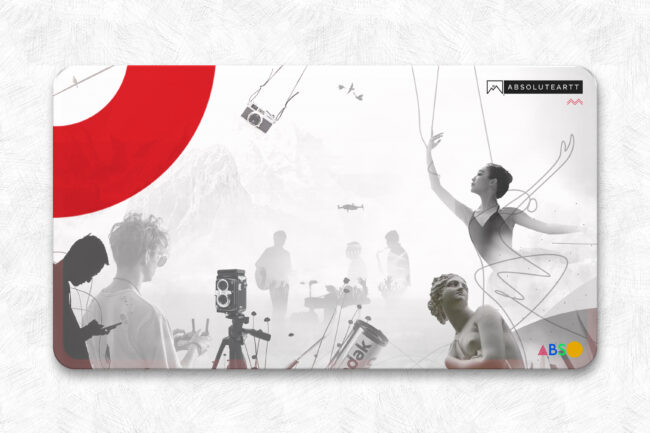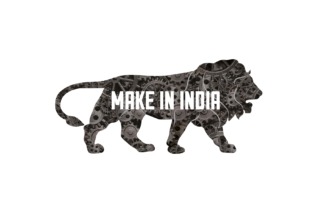Before a logo is drawn, before a tagline finds its rhythm, there exists a quiet pause — a moment of reflection where every brand truly begins. In that stillness lies a single question: Who are we meant to become?
A brand is never born in the marketplace; it emerges in the mind, and only later, in the hearts it touches. It is not merely commerce or aesthetics — it is a living reflection of purpose, philosophy, and art. The greatest brands are not built; they are revealed, layer by layer, through intention, design, and the emotions they awaken.
Prologue — The Mirror of Meaning
Every brand begins as an idea — fragile, formless, but full of fire. It seeks to be seen and understood, not merely as a name or a logo, but as a voice, a promise, a reflection of something deeper.
In an era where attention has become the new currency, a brand’s identity is not its ornament — it’s its organism. It breathes, evolves, and builds emotion between the product and the people.
1. The Core: Mission, Vision, and Values
Before color palettes and logos come words — the kind that live on long after trends fade.
Your mission defines why you exist.
Your vision outlines where you’re heading.
Your values anchor how you’ll travel that road.
For example, Patagonia’s mission — “We’re in business to save our home planet” — isn’t marketing; it’s moral direction. Every stitch, ad, and action echoes it.
The foundation of identity is clarity of purpose. Without it, every design becomes decoration, not direction.
2. The Audience: Knowing Who You Speak To
No story exists without a listener.
Understanding your audience means understanding their desires, fears, and aspirations.
It’s empathy in design form.
Case Study: When Nike embraced “Just Do It,” it wasn’t selling shoes. It was selling self-belief — a mirror to every dreamer who doubted themselves.
Good brands study demographics. Great ones study psychology.
3. The Personality: Giving the Brand a Human Pulse
Think of your brand as a character in an unfolding narrative.
Is it a mentor (like Apple), a rebel (like Harley-Davidson), or a visionary (like Tesla)?
Personality shapes tone, behavior, and emotional gravity.
Example: Mailchimp’s quirky tone made email marketing — a dry, technical subject — feel fun and approachable. Personality makes brands relatable; humanity makes them memorable.
4. The Visual Language: Symbols that Speak
A logo is not a mark; it’s a memory trigger.
Typography, color, and form become psychological cues that guide recognition and recall.
Case Study: Airbnb’s “Bélo” symbol isn’t just a logo — it’s the “symbol of belonging.” Its simplicity hides profound storytelling: a combination of heart, location, and person.
Design, at its best, doesn’t decorate — it communicates.
5. The Story: Crafting Words that Breathe
Your brand story is the emotional architecture that ties everything together.
It’s not what you sell; it’s why it matters.
Example: Coca-Cola doesn’t sell a drink — it sells happiness, nostalgia, and togetherness.
Craft your messaging like a heartbeat: rhythmic, sincere, and unmistakably yours.
6. The Ritual of Consistency
A brand’s power doesn’t come from being seen once — it comes from being remembered always.
Every touchpoint, from website to packaging, must feel like a continuation of the same truth.
Consistency builds trust, and trust builds loyalty.
Think of it as a sacred rhythm — each note resonating with the same emotional frequency.
7. The Evolution: Test, Learn, Refine
Identity isn’t static — it’s a living dialogue between brand and audience.
Listen, adapt, evolve. When Burberry modernized its visual identity to speak to a younger audience, it didn’t abandon heritage — it reinterpreted it.
Feedback isn’t criticism. It’s calibration.
Epilogue — The Brand as a Living Soul
In the end, a brand identity is not about perfection — it’s about presence.
It’s the quiet assurance that behind every product stands a philosophy, a face, a feeling.
When your brand becomes an experience — not just a name — you cease to compete.
You begin to connect.
And in that connection lies the alchemy of timeless identity.





